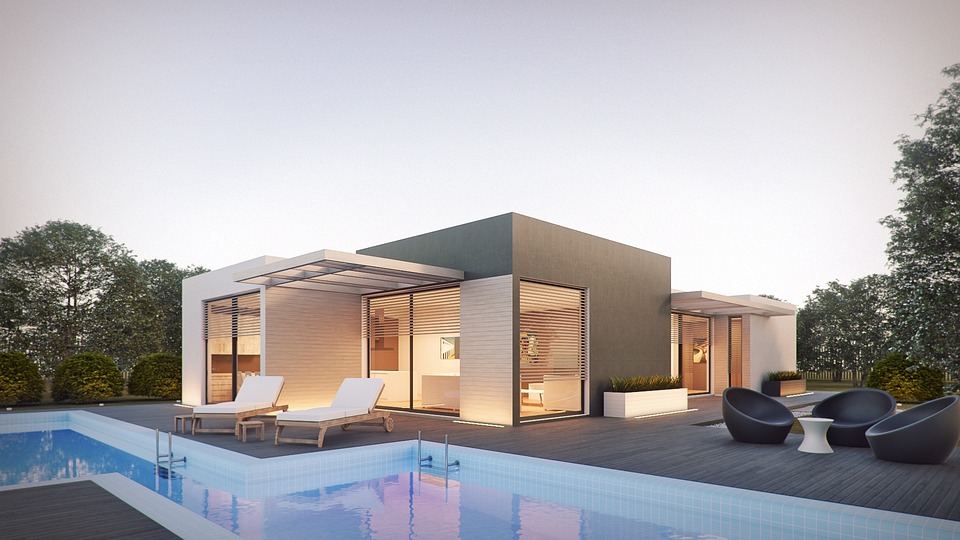A prefabricated building, informally a prefab, is a building that is manufactured and constructed using prefabrication. It consists of factory-made components or units that are transported and assembled on-site to form the complete building.
Prefabrication is the process of making buildings, or components of buildings, in a different location than the job site itself. Construction companies will transport the completed unit to the final site, where they will also complete the setup and handover buildings to their new owners. This process eliminates the need for traditionally sourced construction materials because off-site assembled parts result in less waste. As the raw materials are built off-site and shipped partially assembled, prefabrication reduces the cost of labor and the cost of materials.
Efficiency
The process of building pre-fabricated buildings has become so efficient that a builder built a ten-storey building in 28 hours and 45 minutes.
Sustainibility
Prefabricated construction generates less carbon footprint, improves energy use and efficiency, and produces less waste, making it more sustainable and environmentally friendly, and compliant with sustainable design standards.
Modular Architecture
The modular architecture allows, thanks to 3D modeling, the design and construction of the modular structure outside the site where it will be installed. ] This offers several advantages such as more sustainable design, greater cost and time savings and standardization of design. This is especially important for large-scale construction projects.

